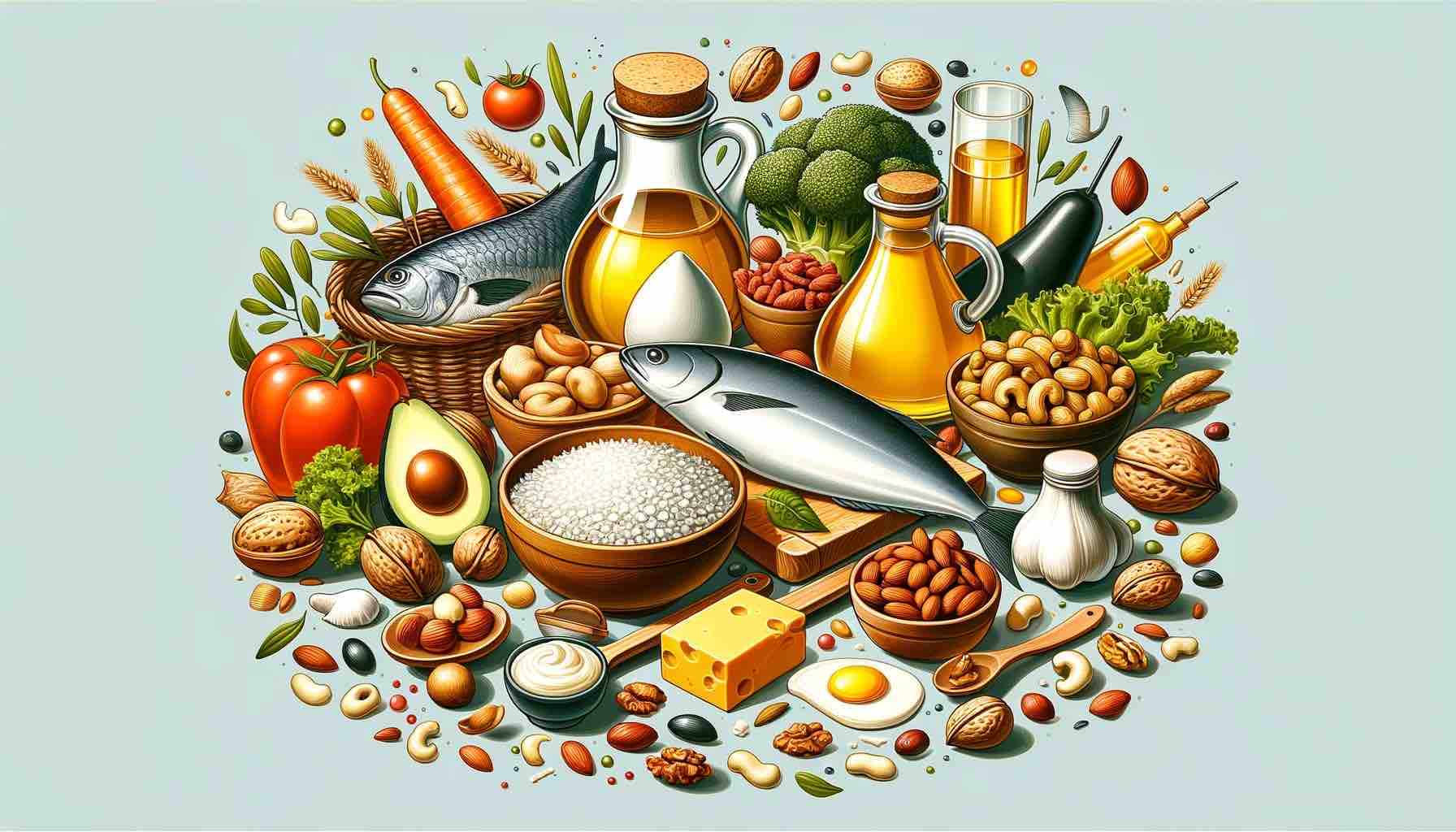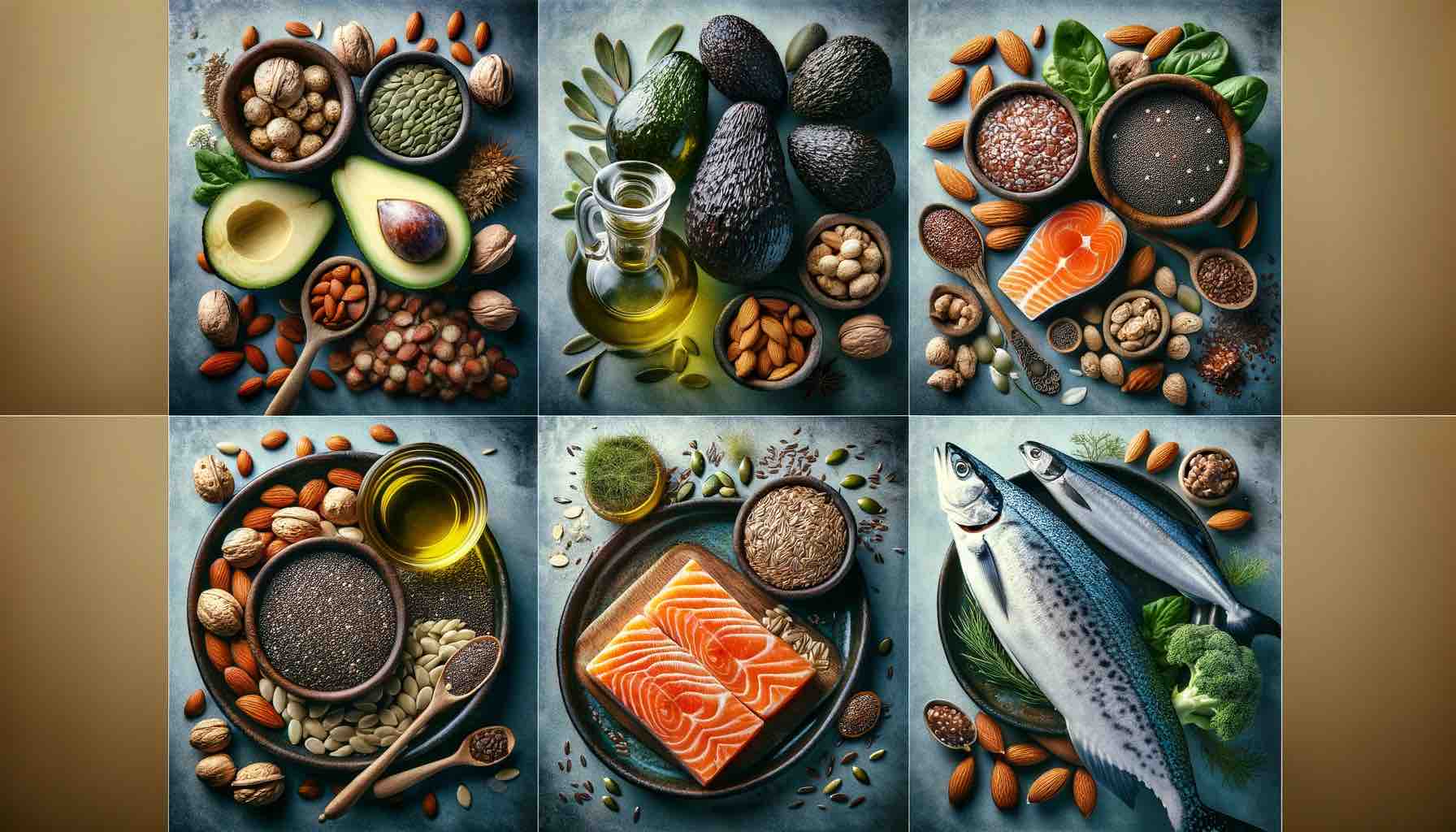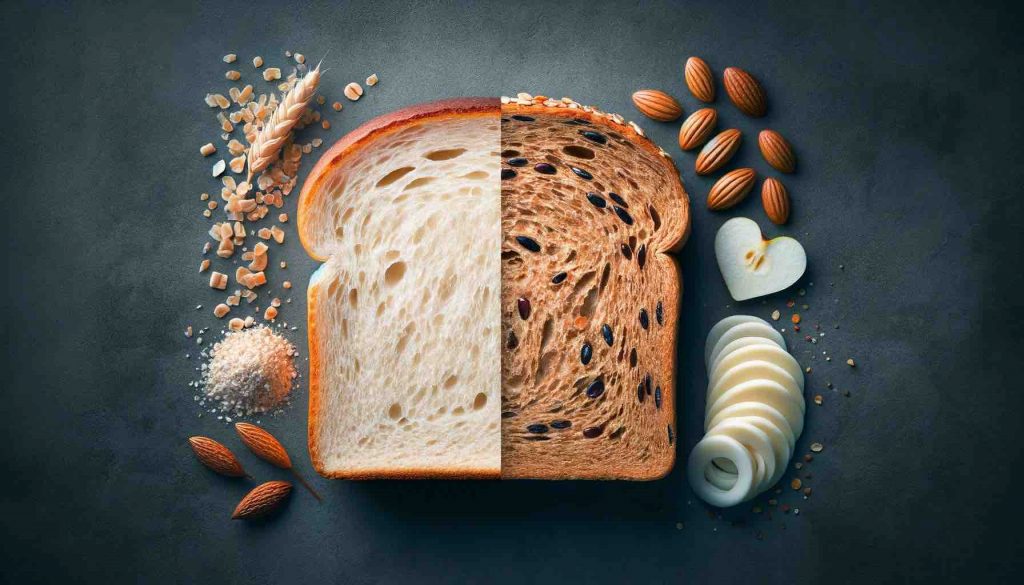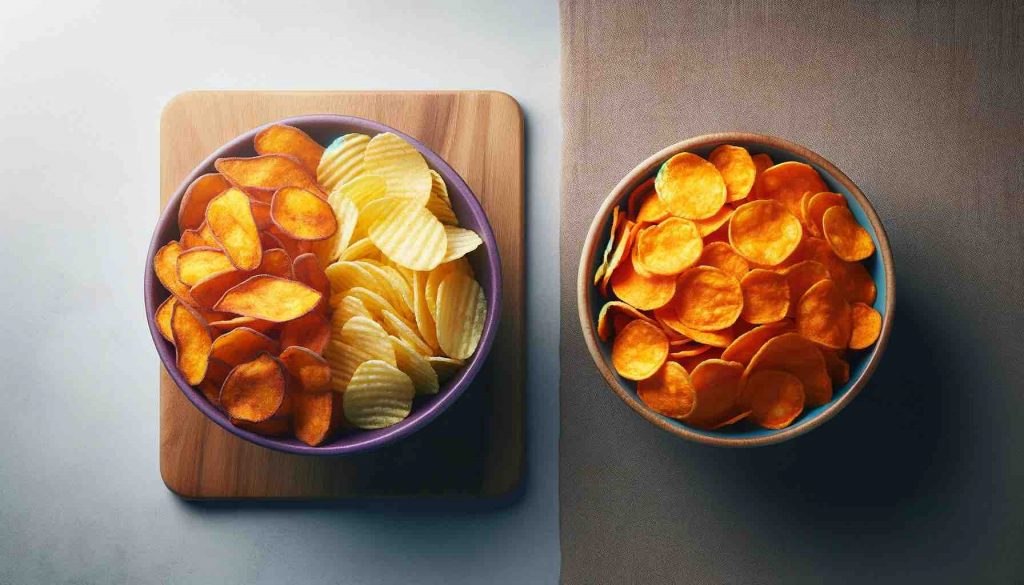
Have you ever wondered why some people seem to have endless energy, effortlessly manage their weight, and enjoy robust health, all while eating a diet rich in fats? Welcome to the intriguing world of fat adaptation, a metabolic state where your body turns into a fat-burning machine, unlocking energy reserves you never knew you had.
Imagine a lifestyle where you’re not constantly battling hunger pangs or the dreaded afternoon energy slump. Instead, you’re fueled by a steady, more reliable source of energy – your own body fat. This isn’t a fad diet or a quick fix; it’s a profound transformation in how your body operates.
In this comprehensive guide, we’ll embark on a journey to explore the secrets of fat adaptation. From shedding light on what it truly means to be fat adapted, to unraveling the science behind this metabolic shift, we’re diving deep into how you can harness this natural power. Whether you’re looking to enhance your athletic performance, improve your mental clarity, or simply lead a healthier lifestyle, understanding and achieving fat adaptation could be your game-changer.
So, buckle up and get ready to discover how transforming your metabolism can not only change the way you eat but revolutionize the way you feel, perform, and live.
Understanding Fat Adaptation
What Exactly is Fat Adaptation?
At its core, fat adaptation is about reprogramming your body to use fat as its primary fuel source, instead of relying on carbohydrates. In a typical diet, carbs are the go-to energy source, quickly broken down into glucose. However, when you shift towards a fat-adapted state, your body becomes proficient at tapping into its fat reserves – both dietary and stored body fat – for a more sustained energy release.
The Shift from Glucose to Fat
This metabolic shift doesn’t happen overnight. It’s a gradual process where your body transitions from being a ‘sugar burner’ to a ‘fat burner.’ This change is significant; it’s like switching from gasoline to diesel in a car. Both fuel the engine, but they do so in different ways, with different efficiencies and outcomes.
Fat Adaptation vs. Ketosis: Understanding the Difference
A common misconception is that fat adaptation and ketosis are the same. While they are related, there are key differences. Ketosis is a measurable state where your body produces ketones – a type of fuel made from fat – especially when carbohydrate intake is low. Fat adaptation, on the other hand, refers to the body’s ability to efficiently use fat as fuel, whether you’re in ketosis or not.
The Science Simplified
When you reduce your carb intake, your body’s insulin levels drop, signaling it to start burning fat for energy. Over time, this leads to increased fat-burning enzymes and pathways, making your body more efficient at using fat for energy. This doesn’t just mean dietary fat; it includes the fat stored in your body, which is why fat adaptation can be a powerful tool for weight management and overall health.
In the next section, we’ll delve into the myriad benefits of being fat adapted, from how it can enhance your physical performance to its impact on your mental clarity and overall well-being.
Benefits of Fat Adaptation
A New Horizon of Health and Energy
Embarking on the journey of fat adaptation opens up a world of benefits that go beyond mere weight loss. Here’s what you can expect:
- Sustained Energy Levels: Unlike the quick and fleeting energy spikes from carbs, fat provides a more consistent energy source, helping you avoid those mid-day crashes and maintain energy throughout the day.
- Enhanced Mental Clarity: Many report a significant improvement in focus and mental clarity when they become fat adapted. This is attributed to the steady supply of energy to the brain, as opposed to the fluctuations caused by varying blood sugar levels.
- Improved Athletic Performance: Athletes often turn to fat adaptation for a competitive edge. With a steady energy source, endurance is enhanced, and the body learns to efficiently burn fat, a much larger energy reservoir compared to glycogen.
- Weight Management: By tapping into stored body fat for energy, fat adaptation can be a powerful ally in weight loss and management, helping to reduce cravings and regulate appetite.
- Reduced Inflammation: A diet that promotes fat adaptation often leads to reduced inflammation in the body, which is beneficial for overall health and can help in managing certain chronic conditions.
Real-Life Success Stories
From professional athletes to everyday fitness enthusiasts, many have experienced the transformative effects of fat adaptation. Their stories often highlight not just physical changes, but profound improvements in overall well-being and lifestyle.
Expert Opinions
Nutritionists and health experts increasingly recognize the potential of fat adaptation. While it’s not a one-size-fits-all solution, the consensus is growing around its benefits for energy, health, and longevity.
In the following section, we’ll guide you through the steps to achieve fat adaptation, offering practical advice to make this powerful metabolic shift a part of your life.
Your Journey to Fat Adaptation
Embarking on a Metabolic Transformation
Transitioning to a fat-adapted state is a journey that requires commitment and a strategic approach. Here’s how you can start:
- Gradual Reduction of Carbohydrates: Begin by slowly reducing your carbohydrate intake. This doesn’t mean eliminating carbs entirely but focusing on lower-carb, high-quality sources.
- Increase Healthy Fats: Incorporate more healthy fats into your diet. Think avocados, nuts, seeds, olive oil, and fatty fish. These will become your new energy sources.
- Moderate Protein Intake: Ensure you’re consuming enough protein to maintain muscle mass, but not so much that it hinders your body’s ability to burn fat.
- Stay Hydrated and Replenish Electrolytes: As your body transitions, it’s crucial to stay hydrated and maintain electrolyte balance, especially if you experience symptoms of the ‘keto flu.’
- Regular Exercise: Exercise, particularly aerobic activities, can help deplete glycogen stores and accelerate the shift to fat burning.
- Patience is Key: Remember, this transition doesn’t happen overnight. It can take several weeks to fully adapt, so be patient and consistent with your efforts.
Dietary Recommendations for a Fat-Adapted Lifestyle
A fat-adapted diet is rich in healthy fats, moderate in proteins, and low in carbohydrates. Focus on whole, unprocessed foods and consider planning your meals to ensure you’re getting the right balance of nutrients.
Lifestyle Tips for Successful Fat Adaptation
Beyond diet, lifestyle factors like getting enough sleep, managing stress, and staying active play a crucial role in your body’s ability to adapt to burning fat for fuel.
In the next section, we’ll explore the common challenges you might face on this journey and how to navigate them effectively.
Navigating Challenges in Fat Adaptation
Overcoming Obstacles on Your Path
While the journey to fat adaptation is rewarding, it’s not without its challenges. Here’s how to navigate common hurdles:
- Dealing with the ‘Keto Flu’: As your body shifts from burning carbs to fat, you might experience flu-like symptoms. Combat this by staying hydrated, replenishing electrolytes, and getting adequate rest.
- Managing Cravings: Initially, you may crave carbs as your body adjusts. Keep healthy, low-carb snacks handy and ensure you’re eating enough fats and proteins to stay satiated.
- Social and Lifestyle Adjustments: Dining out or socializing can pose challenges. Plan ahead, choose keto-friendly options, and don’t hesitate to explain your dietary choices to friends and family.
- Staying Motivated: Keep your goals in mind and track your progress. Celebrate small victories and stay connected with a community that supports your lifestyle.
FAQs Addressed
- How long does it take to become fat adapted? Typically, it takes 2-6 weeks, but this can vary based on individual factors like diet and activity level.
- Will I lose muscle mass? Not necessarily. With adequate protein intake and resistance training, you can maintain or even build muscle mass.
- Can I ever eat carbs again? Yes, but in moderation. Once fat adapted, your body can handle occasional carb intake without major disruptions.
In the next section, we’ll delve into how to maintain a fat-adapted lifestyle long-term, ensuring that this metabolic shift is not just a passing phase but a sustainable way of living.
Maintaining a Fat-Adapted Lifestyle
Sustaining Your Metabolic Shift for the Long Haul
Once you’ve achieved fat adaptation, the key is to maintain this state to continue reaping its benefits. Here’s how to sustain your fat-adapted lifestyle:
- Consistent Dietary Habits: Stick to a low-carb, high-fat diet. Occasional indulgences are okay, but the core of your diet should remain consistent with the principles of fat adaptation.
- Regular Physical Activity: Exercise not only helps in maintaining your fat-adapted state but also boosts overall health. Incorporate a mix of aerobic and resistance training into your routine.
- Listen to Your Body: Pay attention to how different foods and activities affect your energy and overall well-being. Adjust as needed to maintain balance and health.
- Lifelong Learning and Adaptation: Stay informed about the latest research in nutrition and metabolic health. Be open to tweaking your approach as you learn more about what works best for your body.
Recognizing Signs of Fat Adaptation
How do you know if you’re maintaining your fat-adapted state? Look for signs like stable energy levels throughout the day, fewer cravings, and a natural preference for fats over carbs.
Adapting for Different Lifestyles
Whether you’re an athlete, a busy professional, or managing specific health conditions, fat adaptation can be tailored to fit your unique lifestyle and needs. Consult with a healthcare professional to fine-tune your approach.
In the final section, we’ll wrap up our guide with some concluding thoughts and a call to action, inspiring you to embark on or continue your journey towards optimal health through fat adaptation.
Concluding Thoughts: Embracing a Fat-Adapted Life
A Journey Towards Enhanced Well-being
As we wrap up this comprehensive guide to fat adaptation, remember that this journey is about more than just changing what you eat; it’s about transforming how your body functions and how you experience energy and health.
Recap of Key Takeaways:
- Fat adaptation is a metabolic state where your body efficiently uses fat as its primary energy source.
- The transition involves reducing carbohydrate intake, increasing healthy fats, and maintaining moderate protein consumption.
- Benefits include sustained energy, improved mental clarity, enhanced athletic performance, and effective weight management.
- Overcoming challenges like the keto flu and cravings is part of the journey, but with the right strategies, these can be managed successfully.
- Maintaining a fat-adapted lifestyle involves consistent dietary habits, regular physical activity, and listening to your body’s needs.
Your Path Forward
Whether you’re at the beginning of your fat adaptation journey or looking to refine your approach, the key is to stay committed and patient. Embrace the process as a gradual shift towards a healthier, more energized life.
A Call to Action
We encourage you to take the first step or continue steadfastly on your path. Share your experiences, challenges, and successes in the comments below. Your story could inspire someone else on their journey to better health.
Stay Connected and Informed
For more insights, tips, and updates on fat adaptation and overall wellness, don’t forget to subscribe to our newsletter. Let’s continue this journey together, supporting each other towards a healthier, more vibrant life.
10 FAQs and Answers for the Post
- What exactly does being ‘fat adapted’ mean?
- Fat adaptation refers to a metabolic state where your body primarily uses fat, instead of carbohydrates, as its main energy source. This shift enhances energy efficiency and can lead to various health benefits.
- How long does it typically take to become fat adapted?
- The timeline varies, but most people can expect to start seeing signs of fat adaptation within 2 to 6 weeks of adopting a low-carb, high-fat diet. Factors like individual metabolism, diet consistency, and physical activity level can influence this duration.
- Can I still eat carbohydrates while being fat adapted?
- Yes, you can. Being fat adapted doesn’t mean completely eliminating carbs. It’s about finding a balance where your body can efficiently use fat for energy, even with moderate carb intake.
- Will I lose muscle mass on a fat-adapted diet?
- Not necessarily. With adequate protein intake and regular strength training, you can maintain or even build muscle mass while being fat adapted.
- Is fat adaptation the same as being in ketosis?
- No, they’re related but not the same. Ketosis is a specific metabolic state characterized by elevated ketones in the body, typically achieved through very low carb intake. Fat adaptation is a broader state where your body is efficient at burning fat for energy, whether you’re in ketosis or not.
- What are the signs that I am fat adapted?
- Common signs include more stable energy levels throughout the day, reduced cravings for carbs, improved mental clarity, and a natural preference for fats over carbs.
- Can fat adaptation help with weight loss?
- Yes, it can. By becoming more efficient at burning fat for energy, your body can tap into stored fat reserves, aiding in weight loss and management.
- How does fat adaptation affect athletic performance?
- Athletes may find improved endurance and energy efficiency, as the body becomes better at utilizing fat, a more abundant energy source, for long-duration activities.
- Are there any risks associated with becoming fat adapted?
- For most people, fat adaptation is safe. However, individuals with certain medical conditions or dietary restrictions should consult with a healthcare professional before making significant dietary changes.
- How can I maintain a fat-adapted state in the long term?
- Consistency is key. Maintain a low-carb, high-fat diet, stay active, and listen to your body’s signals. It’s also important to stay informed and possibly adjust your approach as you learn more about your body’s responses.
Blog Tags for the Post
fat adaptation, keto diet, low-carb lifestyle, energy metabolism, weight management, health and wellness, nutritional science, endurance training, mental clarity, dietary transformation















